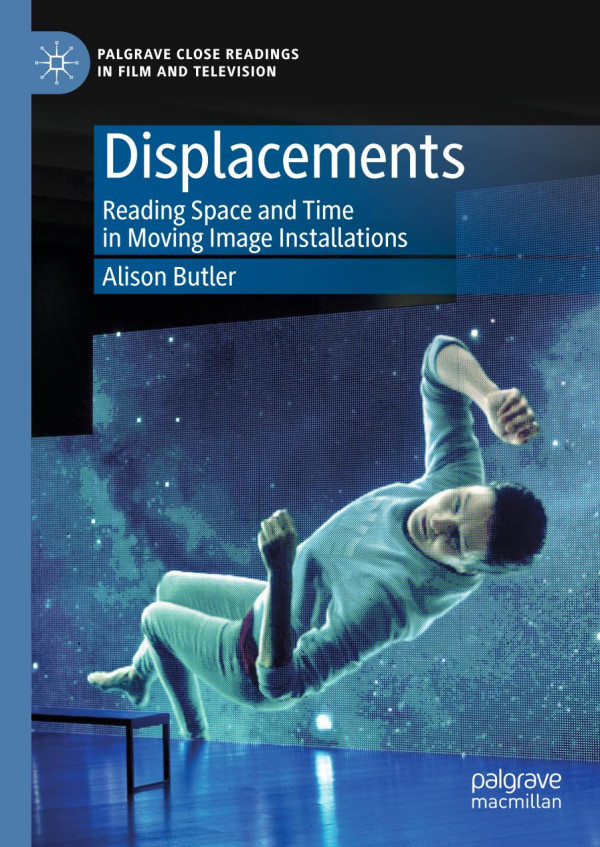

Most ebook files are in PDF format, so you can easily read them using various software such as Foxit Reader or directly on the Google Chrome browser.
Some ebook files are released by publishers in other formats such as .awz, .mobi, .epub, .fb2, etc. You may need to install specific software to read these formats on mobile/PC, such as Calibre.
Please read the tutorial at this link: https://ebookbell.com/faq
We offer FREE conversion to the popular formats you request; however, this may take some time. Therefore, right after payment, please email us, and we will try to provide the service as quickly as possible.
For some exceptional file formats or broken links (if any), please refrain from opening any disputes. Instead, email us first, and we will try to assist within a maximum of 6 hours.
EbookBell Team

4.3
48 reviewsThis book is about the aesthetics and politics of contemporary artists’ moving image installations, and the ways that they use temporal and spatial relationships in the gallery to connect with geopolitical issues. Displaced from the cinema, moving images increasingly address themes of movement and change in the world today. Digital technology has facilitated an explosion of work of this kind, and the expansion of contemporary art museums, biennales and large-scale exhibitions all over the world has created venues and audiences for it. Despite its 20th century precursors, this is a new and distinct artistic form, with an emerging body of thematic concerns and aesthetics strategies. Through detailed analysis of a range of important 21st century works, the book explores how this spatio-temporal form has been used to address major issues of our time, including post-colonialism, migration and conflict. Paying close attention to the ways in which moving images interact with the specific spaces and sites of exhibition, the book explores the mobile viewer’s experiences in these immersive and transitory works.